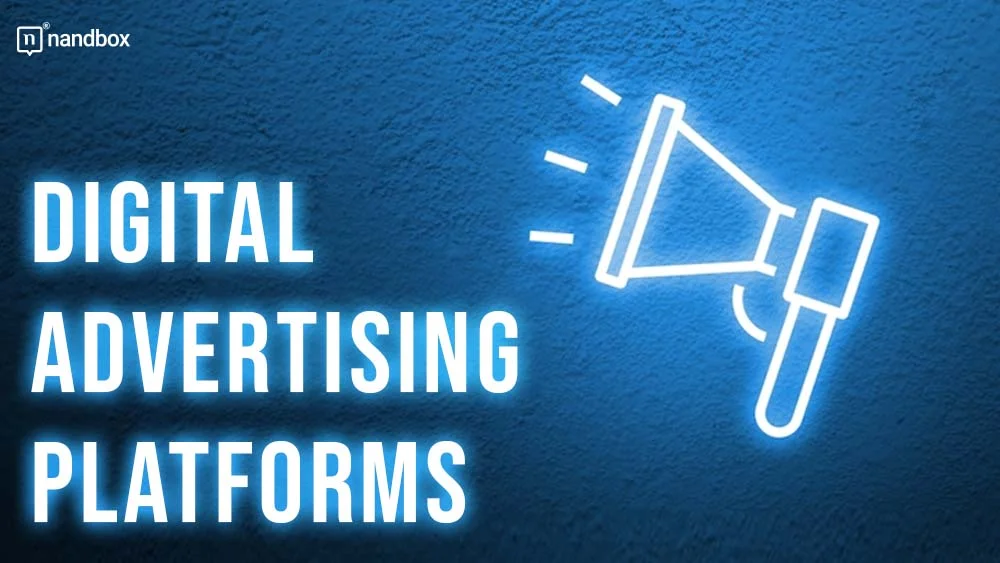The landscape of advertising has undergone profound changes over the last few decades, shifting from traditional media like print and broadcast to sophisticated digital platforms. This transition has not only transformed how advertisements are delivered but also how they are created, targeted, and measured. Today, businesses have at their disposal a vast array of platforms and technologies that offer unprecedented levels of precision and efficiency in reaching potential customers.
The Rise of Traditional Advertising Platforms
Before delving into the world of digital advertising, it’s important to understand the roots of traditional advertising methods. For decades, advertising was predominantly carried out through print (newspapers and magazines), broadcast (television and radio), and outdoor (billboards and transit ads) platforms.
Print Advertising
Print media was one of the earliest forms of advertising and remained popular until the late 20th century. It allowed for detailed copy and direct targeting of demographics through specific publications. Despite its declining popularity in the face of digital alternatives, print advertising still holds value for certain target markets and regions.
Broadcast Advertising
Television and radio have been incredibly powerful mediums due to their wide reach and the ability to convey a message through sound and visuals. However, broadcast advertising is often expensive and lacks the granularity of targeting that digital platforms provide.
Outdoor Advertising
Billboards, posters, and transit advertisements are types of outdoor advertising that capture the attention of consumers when they are in public spaces. This form of advertising is highly visible and can be very effective at driving brand awareness in high-traffic areas. The use of an AI poster generator offers a cutting-edge solution for enhancing the effectiveness of outdoor advertising campaigns.
Transition to Digital Advertising Platforms
The advent of the internet and mobile technology has shifted the advertising paradigm to digital platforms, leading to more dynamic and interactive marketing strategies.
Web-Based Advertising
Web-based advertising includes a range of tactics such as banner ads, search engine marketing (SEM), and display ads. These methods allow for broad reach and the ability to track the effectiveness of each ad with precision.
Social Media Platforms
Social media platforms like Facebook, Instagram, YouTube, and Twitter have revolutionized advertising by allowing brands to engage directly with consumers in a conversational and interactive manner. These platforms also offer powerful targeting options based on user demographics, interests, and behaviors.
Mobile Advertising
With the increasing use of smartphones, mobile advertising has become crucial. This includes in-app ads, mobile-specific banners, and video ads. The immediacy and personal nature of mobile devices make mobile advertising particularly effective for driving engagement.
The Role of Niche Advertising Platforms
In addition to mainstream digital advertising platforms, there are niche platforms that cater to specific markets or industries. For example, platforms like “Chovietkieu” cater to the Vietnamese diaspora, providing advertisers with targeted access to a specific cultural group. These specialized platforms often offer higher engagement rates because of their tailored content and audience.
Advantages of Digital Advertising Platforms
Digital advertising platforms offer several advantages that have made them popular among marketers:
- Targeting and Personalization: Digital platforms provide advanced targeting options, allowing advertisers to reach specific audiences based on detailed criteria.
- Measurability and Analytics: Digital ads can be tracked and analyzed in real-time, giving marketers immediate feedback on their campaign’s performance.
- Cost Efficiency: Compared to traditional media, digital advertising often offers lower costs and higher return on investment.
- Flexibility: Digital ads can be adjusted quickly based on performance data, allowing for agile marketing strategies.
Challenges in Digital Advertising
While digital advertising platforms offer numerous benefits, they also present challenges:
- Privacy Concerns: The collection and use of personal data for targeting ads have raised privacy issues among consumers.
- Ad Fatigue: With the prevalence of digital ads, consumers can become overwhelmed, leading to ad fatigue.
- Ad Fraud: Digital advertising is susceptible to fraud, including bots generating fake clicks on ads.
Future Trends in Advertising Platforms
As technology continues to evolve, new trends are shaping the future of advertising:
- Artificial Intelligence and Machine Learning: AI is being used to optimize ad campaigns and improve targeting precision.
- Augmented Reality (AR) and Virtual Reality (VR): These technologies are starting to be integrated into advertising to create immersive experiences.
- Programmatic Advertising: This automates the buying and selling of ad space, making the process more efficient.
Conclusion
The evolution from traditional to digital advertising platforms has provided marketers with powerful tools to reach audiences more effectively. As the digital landscape continues to evolve, so too will the strategies and technologies in advertising. Staying ahead in this dynamic environment requires marketers to continually adapt and innovate, leveraging new platforms and technologies to achieve their business objectives.




